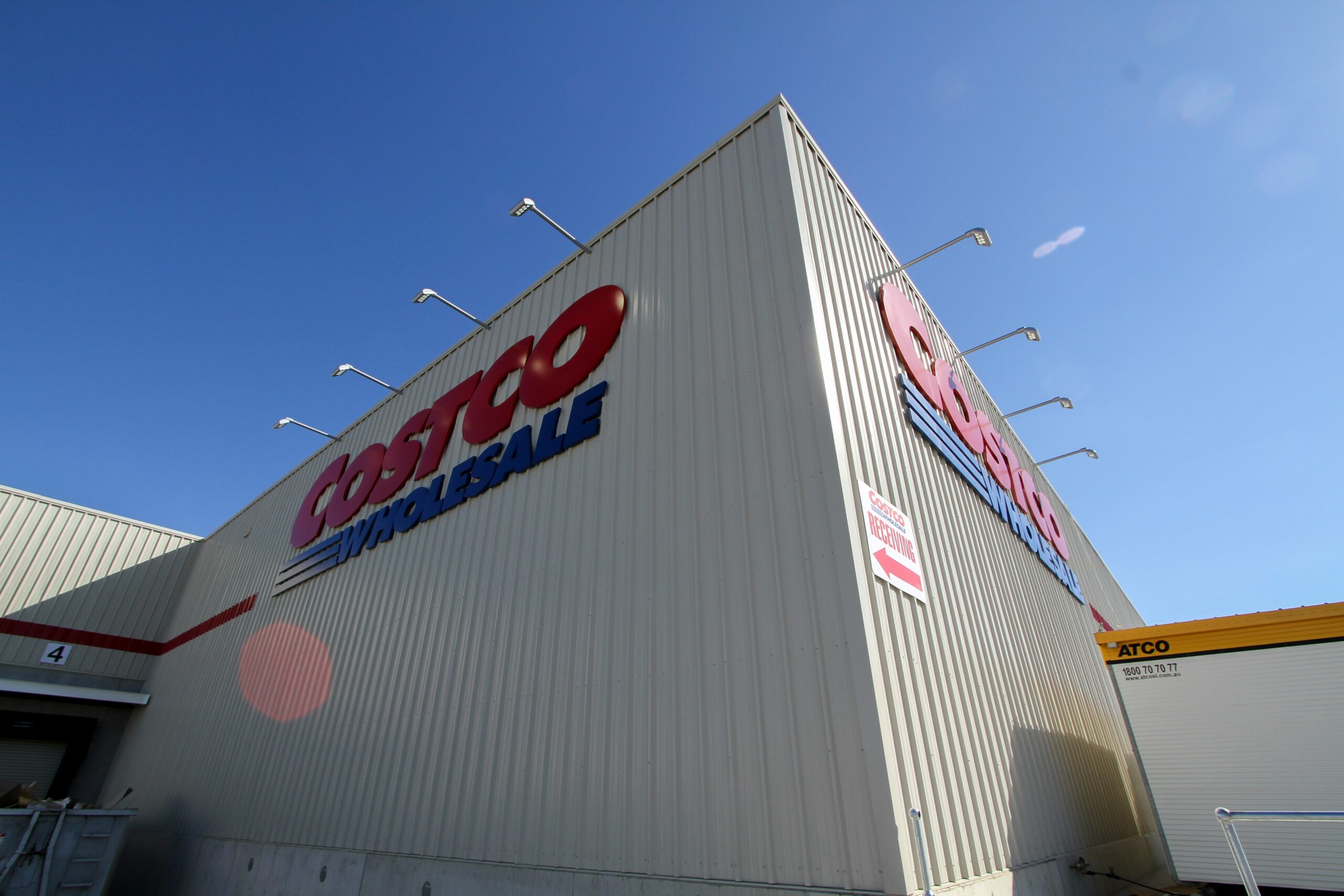Image credit: Unsplash
Insurance is not just a protective measure; it is a strategic lever. Entrepreneurs who align their coverage with their risk profile, growth plans, and industry context gain not only security but a competitive advantage. There are several options to choose from, including small business insurance and a Business Owner’s Policy (BOP). Choosing a reputable firm to help you navigate the best policy is a proactive step in securing your business from unforeseen incidents.
Beyond Compliance: Insurance as Risk Architecture
Small business insurance is often viewed as a defensive mechanism or something people have because laws require them to have it. However, for small businesses, it can impact future decisions, protect them from devastating losses, and impact professional relationships. Investor confidence, partnership viability, and operational continuity can depend on insurance coverage to protect all parties involved in a project in the event of an unforeseen incident.
Many businesses focus on scalability. Growth strategies often include acquiring new clients, increasing sales of existing products, and expanding into new markets to help build financial growth.
However, these plans can also involve new risks. For instance, expanding into new areas may require additional properties and equipment. Organizations may need to hire more workers, which adds employment practices risks to operations. When companies decide to go public, they assume new risks and face increased scrutiny. Proper risk management strategies, including expanding insurance coverage, are often necessary to show lenders, partners, and clients that assets and goods are protected going forward.
Understanding Your Risk Profile: Not All Policies Are Equal
There are many different types of industries, and each one has specific risks that can be mitigated with a proper insurance policy. For example, retailers need different policies from construction companies. Retail insurance primarily focuses on liability and risks associated with customer interactions, whereas construction insurance concentrates on job-related incidents and potential liabilities arising from construction work.
Different Policies
General liability insurance is crucial for protecting businesses from common risks, especially when interacting with the public, clients, or customers. Specifically, it covers bodily injury and property damage caused by an organization’s employees or agents. A Business Owner’s Policy (BOP) offers an affordable way for small businesses to get the coverage they need. It is designed specifically for small business owners who want broad protection without high costs.
Workers’ Compensation Insurance protects employees who get injured or become ill while working. States mandate that small business owners carry this insurance if they have employees. This rule safeguards both the business and its workers. It covers lost wages, medical expenses, and disability, and is a standard policy for many companies.
Working Strategically With Platforms
When seeking business insurance, one of the first considerations is who to work with. Firms such as Gild Insurance Agency offer a hybrid model, utilizing a digital platform and an insurance concierge. Platforms like this bring the best of both worlds to entrepreneurs, simplifying the process and providing the coverage they need.
Although they offer similar coverage, it is essential to utilize an advisory relationship that anticipates risks rather than reacting to them. This proactive stance provides security and can protect entrepreneurs when unforeseen circumstances arise, keeping the business’s doors open.
Viewing business insurance as a proactive measure rather than a defensive tool is a valuable way to provide security for any business. There are several policies to choose from, and finding a reputable system or business to help you honestly navigate the coverage your business needs provides a sure foundation for the future. Leveraging the correct coverage demonstrates to partners and clients that the company effectively mitigates risk, which can lead to improved scalability and partner growth.
Written in partnership with Tom White















































































































































